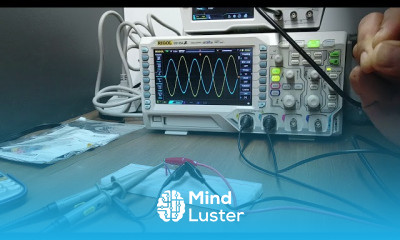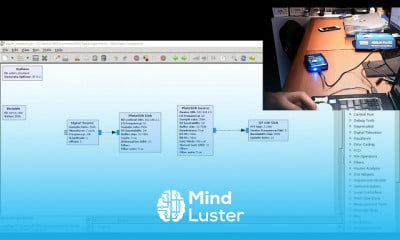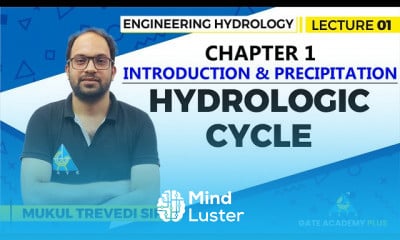TMT vs TMX Steel Which is better TMX and TMT Which Is Best for House Construction
Share your inquiries now with community members
Click Here
Sign up Now
Lesson extensions
Lessons List | 15
Lesson
Comments
Related Courses in Engineering
Course Description
Column Load calculation course,
in this course we will learn about Column Load Calculation, focusing on the essential methods and principles needed to accurately determine the loads that structural columns must bear. Participants will explore the fundamental concepts of load types, including dead loads, live loads, wind loads, and seismic loads, and how these affect the design and stability of columns in various structures. The course will cover the calculation of axial loads, bending moments, and shear forces, providing a comprehensive understanding of how these forces interact and impact column performance.
Topics will include the use of load combinations as per building codes and standards, the analysis of different materials such as reinforced concrete and steel, and the application of these principles in both residential and high-rise buildings. Students will learn to use relevant software tools and manual calculation methods to perform detailed load analysis and ensure structural integrity.
Through practical exercises, case studies, and real-world examples, participants will gain hands-on experience in calculating column loads, interpreting structural drawings, and applying safety factors. The course will also address common challenges and troubleshooting techniques to handle complex load scenarios.
Trends
Speak english fluently with confidence
MS Excel
Build E Commerce website using HTML
Learning English Speaking
Building a chatbot with Python
Python machine learning for beginners
Generative AI tools for 2024
Cybersecurity fundamentals A Z
Python programming fundamentals A Z
Content marketing for beginners
Creating YouTube videos for beginners
Ethical Hacking
Python programming language
Phrasal Verbs in daily conversations
Marketing basics for beginners
Design Thinking
Using ChatGPT for excel
Tools and toolbar in Photoshop for beginners
Data Science with Python for beginners
Python Programming | Edureka
Recent
Arabic numbers for beginners
Rating arabic handwriting techniques
Form verbal sentences in arabic
Arabic sentence structure for beginners
Phrasal Verbs in daily conversations
Speak english fluently with confidence
Rules for plural forms of irregular nouns
English slang dictionary for fluency
English idioms for everyday conversations
Native english vocabulary for fluency
Teach reading with Phonics for beginners
English speaking confidence techniques
Business english communication skills
American english conversation for beginners
Advanced english listening and vocabulary
English prepositions for beginners
Improve english Pronunciation for beginners
PGP in data science and engineering
Building a chatbot with Python
Python programming fundamentals A Z


















